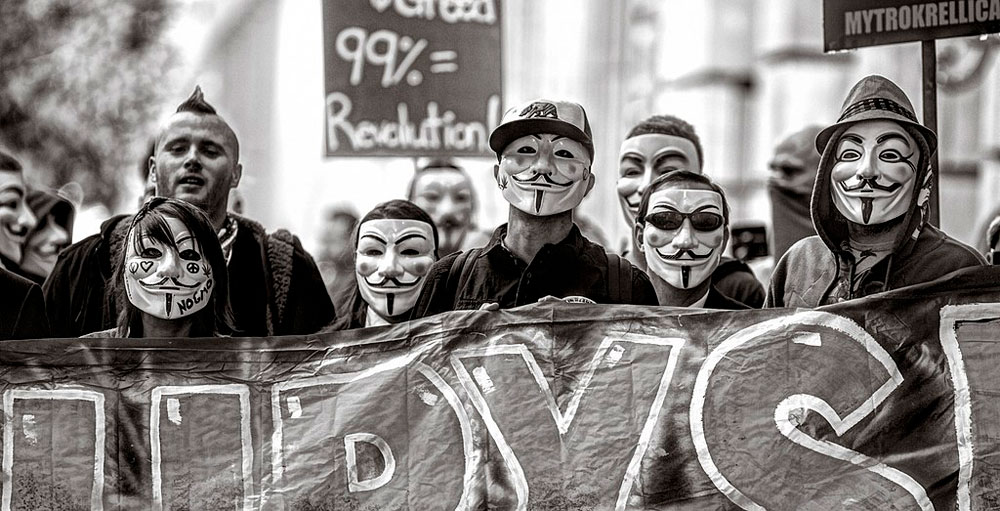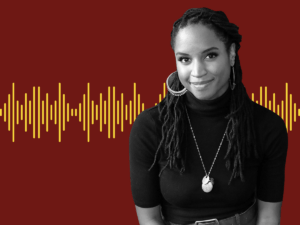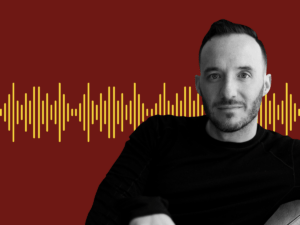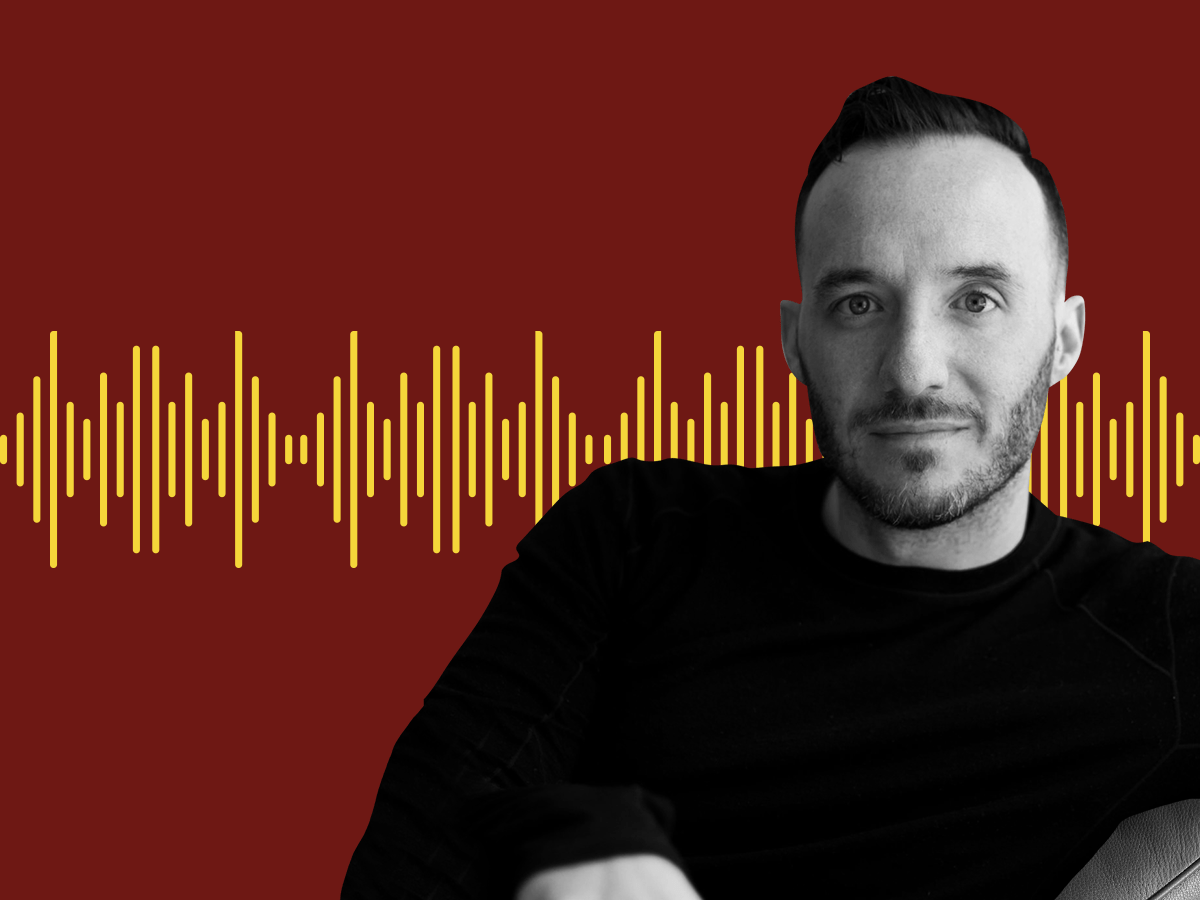
We live in a time of widespread protest. Experts point out that, as we move into the 21st century, we are becoming a “social movement society.” As a cultural sign of this, in 2011 Time magazine crowned “The Protester” as “Person of the Year.”1
Not only are social movements growing and spreading, they are evolving, becoming transnational, and moving beyond individual grievances to make large-scale claims for the development of a more equitable civil society.
Sahan Savas Karatasli, a historical sociologist focusing on the evolution of capitalism and social movements, finds that the frequency and geographical spread of social movements today are comparable to those during the period of world revolutions of the early 1900s. He recently writes, in an article aptly titled, “The world is in a revolutionary moment—how can the global left be a serious player?”
Although we do not talk about the rise of social movements from below as much as we talk about the rise of the Global Right and the authoritarian turn, the rapid rise of conservative and reactionary forces also demonstrates that we are living in an extraordinary era in terms of social unrest from below.
Further, certain images are increasingly associated with these protests, such as the Joker (Batman’s nemesis) who is a modern-day version of Lewis Hyde’s trickster, the one who subverts.2 There is also Guy Fawkes, who led a failed coup against the English parliament in 1605, made famous by the character V in the 2006 cult film V for Vendetta, who wore a mask of his face.3
These mocking characters do not represent the right or the left, but a collective response to the feeling of being alone in one’s misery.4 William Blanc, author of Super Heroes: A Political History, says, “Todd Philipps’ [recently released] film about the Joker has a real evocative power. It echoes a form of protest against a political system that people believe is inflexible and not listening to people.”5
Karatasli writes, “As they lose their consent-building capacity, ruling elites in both the Global North and the Global South seek ways to bypass parliamentary democracies, to liquidate existing democratic institutions, and to oppress any form of opposition through brute force.”
However, he alerts,
While the conditions for structural change to transform the social world are as fertile as in the previous century, revolutionary situations of the early 21st century have not produced any significant revolutionary outcomes. From the Arab Spring to the Occupy-type anti-austerity movements in North America and Europe, none of the movements in this decade has managed to make a revolutionary transformation.
[…]
In the economic domain, the escalation of anti-austerity and anti-neoliberal globalization movements did not even slow down the pace of commodification of land, labor or money, in contrast to the 1929 crisis, which had been a major turning point and the beginning of the proliferation of social democratic reforms.
[…]
In the environmental sphere, there is a rapid upsurge in movement directed against the environmental crisis to save our planet and ecosystem but these movements have been facing extremely difficult times in enforcing any structural change or sustainable reforms. While most of these movements help increase “awareness” of various problems that we are facing, they do not achieve their goals.
The problem, he concludes, is “the inability of the Global Left to constitute itself as a political actor.” Karatasli’s diagnosis is that the Global Left is “skeptical about the possibility of creating a new world order.” For many who want social change, it is easier to imagine the end of the world than to imagine us building a better one.
How do we, the nonprofit sector, make sense of this? How does it affect our work?
…
Modern social movements emerged in the 19th century after the spread of representative democracy and capitalism. Classical movement theory surfaces at the turn of the 20th century and develops during the social movements of the 1960s and 1970s. These social movements led to the development of the nonprofit sector, as leaders sought to organize the volunteerism that accompanied them. They also led to the development of the Great Society program, “the largest social reform plan in modern history.”6 Launched by President Lyndon B. Johnson in 1964, the program—a series of policy initiatives, legislation, and programs—had the ambitious goals of ending poverty, reducing crime, abolishing inequality, and improving the environment.
But, as Joshua Zeitz writes, in a Politico excerpt from Building the Great Society: Inside Lyndon Johnson’s White House,
Since at least the early 1980s, Republicans have been committed to dismantling Lyndon Johnson’s Great Society—a collection of programs the 36th president vowed would lead to “an end to poverty and racial injustice.”
Twenty-one years later, in a scorching address delivered in 1983, President Ronald Reagan denounced the Great Society as a bundle of expensive and failed initiatives that contributed to, rather than alleviated, suffering. Johnson’s legacy reinforced the what Reagan called the “central political error of our time”: the flawed notion that “government and bureaucracy” were the “primary vehicle for social change.”
A Democratic House of Representatives blocked Reagan in his attempts to unravel Johnson’s work. Today, the threat is renewed, and while Democrats regained control of the House of Representatives in the 2018 midterm elections, Republicans by and large are far more right-wing in their views than they were in Reagan’s time. Many signature items of Johnson’s legacy—from civil and voting rights to environmental protections and aid to public schools—are today under assault.7
Aside from this massive rollback campaign, Zeitz points out that the Great Society program was based on a faulty premise: that the economy would expand indefinitely. He explains: “By that assumption, if government equipped people with the tools to help themselves and provided an even playing field, opportunity would be widely shared.8
But those are two faulty premises. Not only was ending poverty not just about people helping themselves, the government did not create an even playing field, as it did not address the reality that inequality was a core feature of the system, not a byproduct. Thus, any progress made could be rolled back through the same system.
Over the last two decades, the social movement field has advanced rapidly, as a result of the aforementioned widespread protests that have followed the erosion of that progress. While there is now a universe of theories, the leading theory is the political process approach, which highlights three processes that impact social movements: political opportunity, mobilizing structures, and cultural framing.
Researcher Maryjane Osa’s application of the political process approach to a study of Poland’s transition from an authoritarian regime in the 1950s to a democratic one in the 1980s is instructive.9 She defines political opportunity as “properties of the sociopolitical environment that facilitate or constrain…mobilization by challenger groups.”10 Underlying this is an assumption that people seek to expand freedoms and avoid punishment and are alert for changes in their environment that signal openings and closures.
In the authoritarian Poland of the mid-1950s, the political opening was a speech by Russian political leader Nikita Khrushchev, in which he denounced Stalin’s crimes. This very public and official acknowledgment of Russia’s repressive power opens the way for social movement. And it all starts with public protests.
Governments, or authorities, initially respond to protest with repression. This interplay of protest and repression over time eventually ends in either demobilization or further opening. However, Osa writes, “From the available evidence, it seems that the overall level of repression is not the determining factor in mobilization, but rather it is the change in repression that seems to act as a signal or trigger for protest action.”11
Sign up for our free newsletters
Subscribe to NPQ's newsletters to have our top stories delivered directly to your inbox.
By signing up, you agree to our privacy policy and terms of use, and to receive messages from NPQ and our partners.
The current global reach of social movements, the redefining of the “we” as the excluded across the world, the rise of shared symbols and language, the evolution of demands from rights to political process tell us that we are in the midst of a massive, global political opening.
But, in order for the political opportunity to lead to social movement, there has to be adequate mobilizing structures. There are two aspects of mobilizing structures. One is micro-mobilization, the interpersonal relationships that foster group cohesion and recruitment. The other is macro-coordination, interorganizational relationships and ties that facilitate communication, intermediation, and resource exchange among different activist groups and movements. Osa calls this “the sharing of risk, information, and material” and observes that it “increases the likelihood that that a collective identity will emerge,” and becomes a “substitute for the public sphere.”12
In Poland’s first wave of protest in the early 1950s, the Catholic Church had the most significant network and used it well when it launched the Great Novena of the Millennium, “a nine-year program leading up to the church’s celebration of one thousand years of Polish catholicism.”13 Its symbols and collective practices spread throughout Poland and grew in importance and power the more the state attempted to repress it. Osa writes, “By claiming the rhetorical field early on, religious authorities prevented the politicians from defining Poland’s millennium in strictly secular terms.”14
The development of networks in Poland supported continued openings. Usually, network expansion leads to dilution, unless there is also development of multiple centers that connect the nodes to each other. Osa notes that as the networks in Poland proliferated, they also managed to remain centralized. Thus, the continued expansion and coordination became a force with which the government had to reckon.
The third and final process of social movement is cultural framing—the cognitive dynamics that drive mobilization. Framing mobilizes participation by constructing meaning that appeals to values. This construction of meaning is a social process. Osa writes, “Framing occurs through social interaction as participants struggle to define problem situations and communicate their action plans.”15 Framing is where we do the work of developing agency and can lead to new political identities.
There are two types of frames: collection action frames and master frames. Collective action frames articulate protesters’ grievances and appeals and function at the micro level of mobilization. Master frames apply blame for the problem and work to mobilize at the macro level, coordinating organizations and movements.
Both require framing space.
Cultural framing is the result of frame alignment, which arises out of adequate mobilizing structures. Osa notes, “Thus we see the close connection between network development and frame alignment.”16
It is no surprise that the Polish Church, which was the strongest social network in Poland then and had been for quite some time, also excelled at framing. In addition to its vast network of churches, its well-known symbols and collective practices, which are central to framing, and its ability to reimagine itself from a force for tradition into a force for change, effectively gave it a mastery of cultural framing that could beat the state at every turn.
What is notable is that as the social movement networks expand over protest cycles, they eventually organize around a Solidarity frame and identity. This sustains the diverse networks with sometimes conflicting interests by cognitively and affectively organizing around a higher, unifying concept.
…
Karatasli reflects this wisdom with his call for the development of social movement organizations that solidify ties between social movements. These must be organizationally horizontal and ideologically heterogeneous—that is, able to bring movements together around higher claims. He also points to the need for political organization that is vertical, connecting the local, to the regional, to the national, and the global. This would match the global scale of the elite.
This is where the work is for us right now, building the connective tissue between networks and movements, creating the space for framing and shared political identities, and being a powerful political force.
Of course, this is all based on the assumption that the purpose of the nonprofit sector is not to be a shadow service provider for the state, but to mobilize civil society to make government work for all—an expanding horizon.
This is a big order for philanthropy if it were to take it up. But…there’s a history.
A recent report by Megan Ming Francis, an associate professor in the Department of Political Science at the University of Washington, titled “The Price of Civil Rights: Black Lives, White Funding, and Movement Capture,” reveals a philanthropic history of movement capture, “the process by which private funders use their influence in an effort to shape the agenda of vulnerable civil rights organizations.”17
While many social movement scholars view the resourcing of social movements as a positive dynamic, this patina of goodwill often hides the very real power imbalances between the cash-strapped movements of the excluded, and philanthropy’s “democratically unaccountable capital.”18
As Francis writes, in the case of the NAACP, it was the Garland Fund that pushed it to shift its focus from racial violence, or the right to life, to education. And that example does not stand alone. Francis writes, “Other studies have documented how foundations manipulate grassroots movements strategies, advance an elitist issue agenda, and undermine radical racial justice movements.”19
It is interesting to note that the Garland Fund, which was initially unique in its funding of radical efforts, quickly shifted its funding practices from funding civil rights organizations to funding its own strategies. This because, according to the Fund, after only a few years, it determined it was not getting a satisfactory rate of change on investment. It seemed to lack an understanding of how social change occurs. Francis writes,
The shift in the Garland Fund’s decision-making process from responding to applications from grantees to designing programs for grantees opened the door for funder interests to crowd out the most pressing concerns of the marginalized groups it worked with.20
We see this still today. Francis continues,
Today, under the banner of “social justice” and “social innovation” campaigns, philanthropic institutions have expressed renewed interest in funding black emancipatory movements. Indeed, the growth of the Black Lives Matter movement has led to a circling of foundations and private funders. A focus on movement capture sheds light on the difficult strategic decisions faced by marginalized groups as they navigate their political and legal agendas in a funding environment where interests mostly conflict and only sometimes converge.
This is a critical issue in the development of US civil society because, as Francis notes, “Today, the largest civil rights organizations in the United States receive the bulk of their financial donations from foundations and philanthropies.”
Francis concludes, “The past and its compounding forms of historical erasure have constrained our ability to imagine alternative visions of civil rights.”21
Rather than create conditions where such entities compete for their money, philanthropy could fund the development and diffusion of social change knowledge, the strengthening of organizations and interorganizational ties, the building of shared political identities, and the protection of the exercise of civil rights—even when it creates discomfort among those with most access to capital. Is that a bet on political equity that philanthropy is willing to make?
Notes:
- Almedia, Paul. Social Movements: The Structure of Collective Mobilization. Oakland: University of California Press, 2019. 1.
- Hyde, Lewis. Trickster Makes This World: Mischief, Myth and Art. New York: Farrar, Straus and Giroux, 1998.
- “From Beirut to Hong Kong, the face of the Joker is appearing in demonstrations,” France 24.
- Ibid.
- Ibid.
- “Great Society,” History
- “What Everyone Gets Wrong About LBJ’s Great Society,” Politico Magazine
- Ibid.
- Osa, Maryjane. Solidarity and Contention: Networks of Polish Opposition. Minneapolis: University of Minnesota Press, 2003. 5.
- Ibid, 11.
- Ibid, 13.
- Ibid, 16.
- Ibid, 67.
- Ibid, 69.
- Osa, 69.
- Osa, 18.
- “The Price of Civil Rights: Black Lives, White Funding, and Movement Capture.”
- “The Billionaires Hit The Panic Button,” Huffington Post
- “The Price of Civil Rights: Black Lives, White Funding, and Movement Capture.”
- Ibid.
- Ibid.












